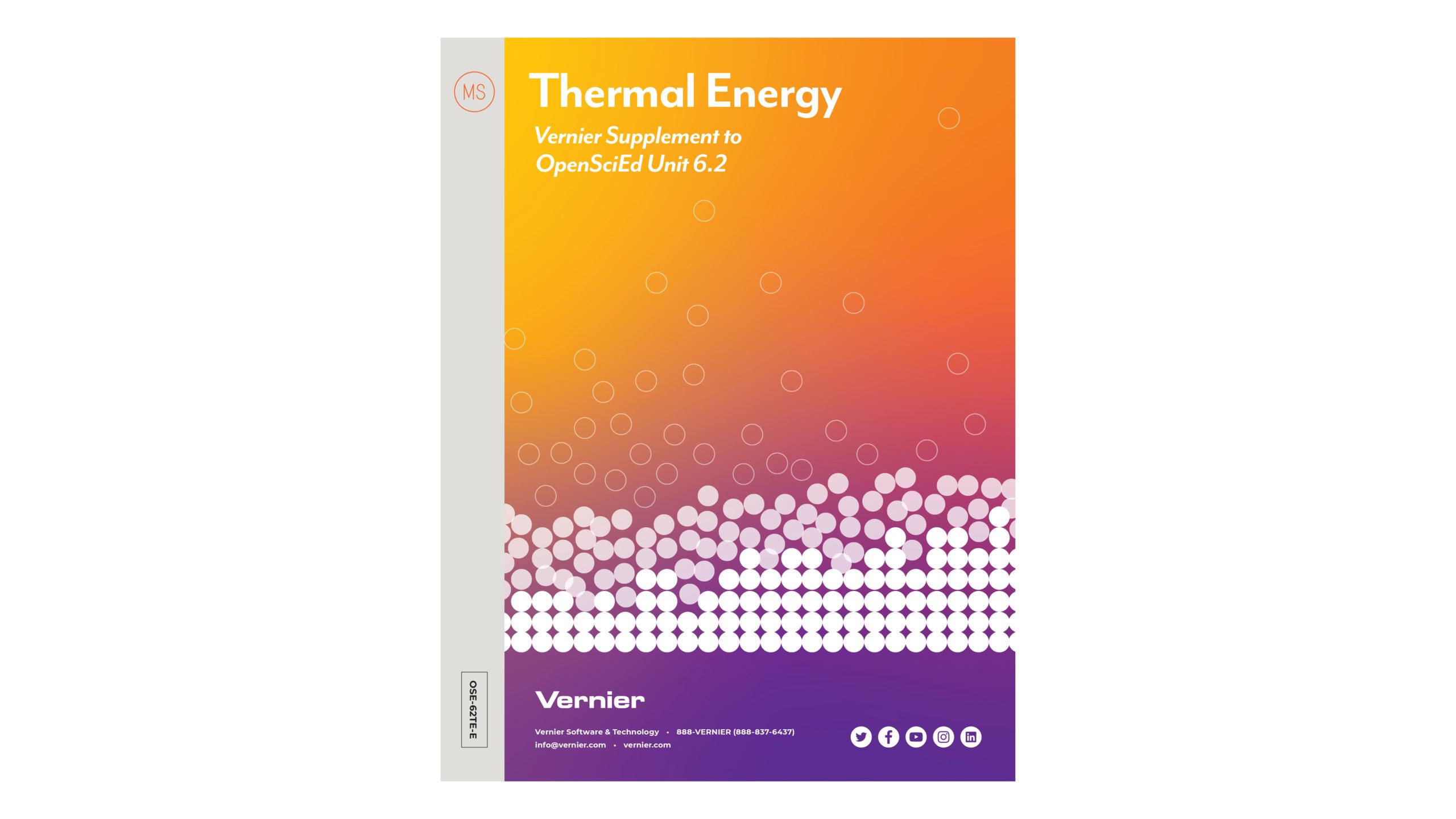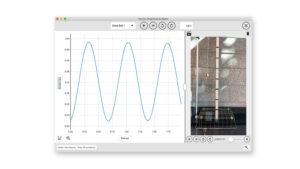|
Lessons |
|
Sensors Used |
|
|
Lesson 1: Why does the temperature of the liquid in some cup systems change more than in others? |
|
Go Direct®
Temperature Probe
(2 per group) |
|
|
Lesson 2: What cup features seem most important for keeping a drink cold? |
|
Go Direct®
Temperature Probe
(2 per group) |
|
|
Lesson 3: How are the cup features that keep things cold the same or different for keeping things hot? |
|
Go Direct®
Temperature Probe
(2 per group) |
|
|
Lesson 4: How does a lid affect what happens to the liquid in the cup? |
|
Go Direct®
Temperature Probe
(2 per group) |
|
|
Lesson 5: Where does the water on the outside of the cold cup system come from? |
|
|
|
|
Lesson 6: How can we explain the effect of a lid on what happens to the liquid in the cup over time? |
|
|
|
|
Lesson 7: If matter cannot enter or exit a closed system, how does a liquid in the system change temperature? |
|
|
|
|
Lesson 8: How does a cup’s surface affect how light warms up a liquid inside the cup? |
|
Go Direct®
Light and Color
(1 per class) |
|
|
Lesson 9: How does the temperature of a liquid on one side of a cup wall affect the temperature of a liquid on the other side of the wall? |
|
Go Direct®
Temperature Probe
(2 per group) |
|
|
Lesson 10: What is the difference between a hot and a cold liquid? |
|
|
|
|
Lesson 11: Why do particles move more in hot liquids? |
|
|
|
|
Lesson 12: How does the motion of particles compare in a sample of matter at a given temperature? |
|
|
|
|
Lesson 13: How could the motion of particles on one side of a solid wall affect the motion of the particles on the other side of that wall? |
|
|
|
|
Lesson 14: Does our evidence support that cold is leaving the system or that heat is entering the system? |
|
Go Direct®
Temperature Probe
(2 per group) |
|
|
Lesson 15: How do certain design features slow down the transfer of energy into a cup? |
|
|
|
|
Lesson 16: How can we design a cup system to slow energy transfer into the liquid inside it? |
|
Go Direct®
Temperature Probe
(2 per group) |
|
|
Lesson 17: How can we improve our first design to slow energy transfer into the cup system even more? |
|
Go Direct®
Temperature Probe
(2 per group) |
|
|
Lesson 18: How can containers keep stuff from warming up or cooling down? |
|
|
|


